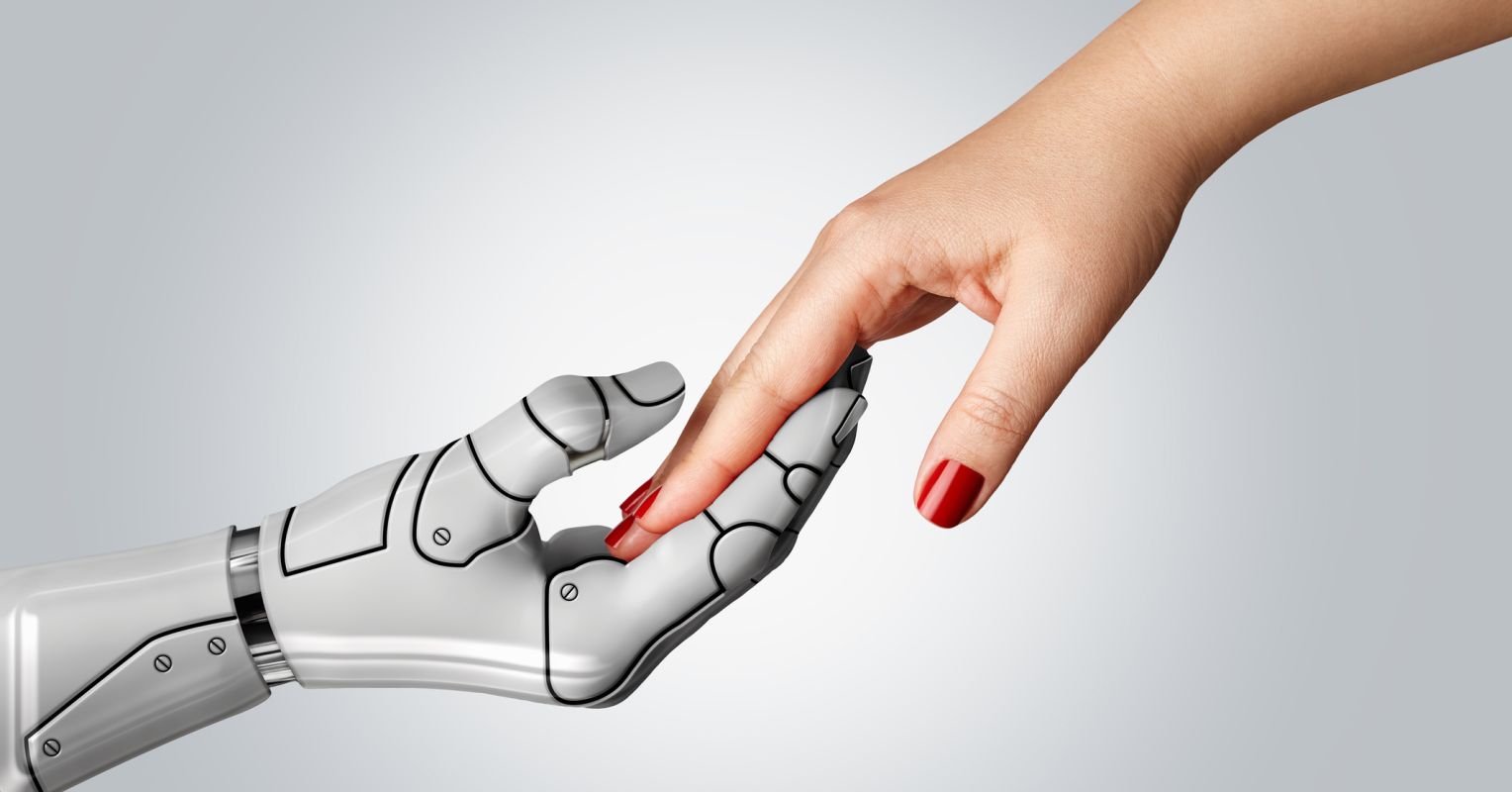
Demystifying Spinal Cord Injuries: Dr. Gary Edwards’ Informative Guide on Myths and Facts
Spinal cord injuries (SCIs) are often surrounded by misconceptions that can contribute to misinformation and misunderstanding. In this informative guide, Dr Gary Edwards dispels myths and presents facts to foster a clearer understanding of spinal cord injuries.
Myth: All Spinal Cord Injuries Result in Paralysis
Fact: Contrary to popular belief, not all spinal cord injuries lead to paralysis. The severity and impact of an SCI vary widely, and individuals may experience a range of outcomes. Some individuals may retain partial or full functionality, emphasizing the importance of personalized assessments and treatment plans.
Myth: Spinal Cord Injuries Are Always Caused by Trauma
Fact: While traumatic events like accidents and falls can cause spinal cord injuries, they are not the sole culprits. Non-traumatic causes, such as tumors, infections, or degenerative diseases, can also lead to SCIs. Dr. Edwards stresses the need for a thorough diagnostic approach to identify the root cause accurately.
Myth: Recovery Is Impossible After a Spinal Cord Injury
Fact: The notion that recovery is impossible after a spinal cord injury is a myth. Advances in medical science, rehabilitation techniques, and assistive technologies have facilitated remarkable recoveries for many individuals with SCIs. Dr Gary Edwards emphasizes the importance of early intervention and comprehensive rehabilitation to optimize outcomes.
Myth: People With Spinal Cord Injuries Can’t Lead Fulfilling Lives
Fact: Individuals with spinal cord injuries can lead fulfilling and meaningful lives. While there may be adjustments and challenges, adaptive technologies, accessible environments, and a supportive network contribute to enhanced independence and quality of life. Dr. Edwards advocates for a holistic approach that addresses physical, emotional, and social aspects of well-being.
Myth: All Spinal Cord Injuries Are the Same
Fact: Spinal cord injuries are diverse in nature, and each case is unique. The location, severity, and type of injury can significantly influence outcomes and treatment plans. Dr. Gary Edwards emphasizes the importance of personalized care that considers individual variations in SCIs for optimal results.
Myth: Recovery Is Immediate After Treatment
Fact: Recovery from a spinal cord injury is a gradual process that requires time, patience, and persistence. While advancements in rehabilitation have accelerated progress, it’s essential to set realistic expectations. Dr. Edwards encourages a comprehensive and ongoing approach to support individuals throughout their recovery journey.
Myth: People With Spinal Cord Injuries Can’t Participate in Physical Activities
Fact: Adaptive sports and recreational activities have become integral components of rehabilitation for individuals with spinal cord injuries. Dr. Edwards advocates for tailored exercise regimens that promote physical fitness, boost mental well-being, and enhance overall quality of life.
Conclusion: Dispelling Myths, Empowering Understanding
In conclusion, Dr Gary Edwards guide serves as a valuable resource for dispelling myths surrounding spinal cord injuries. By presenting accurate information and emphasizing the individualized nature of these injuries, this guide aims to foster a more informed and compassionate understanding of the challenges and possibilities associated with spinal cord injuries.



